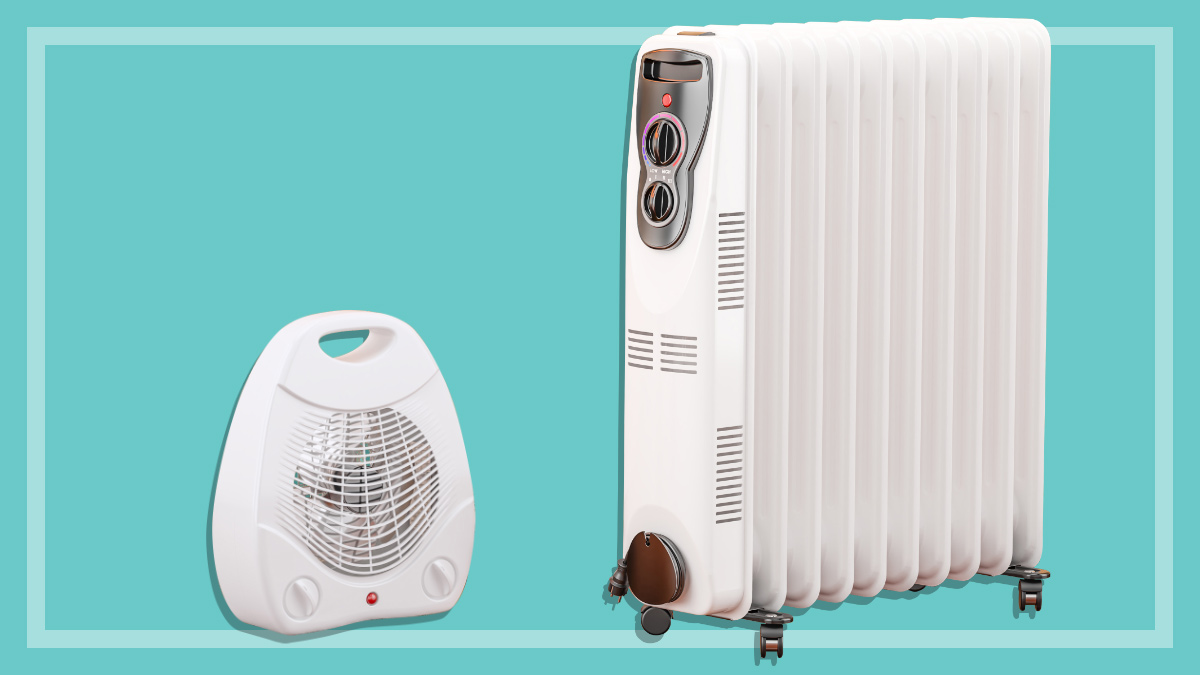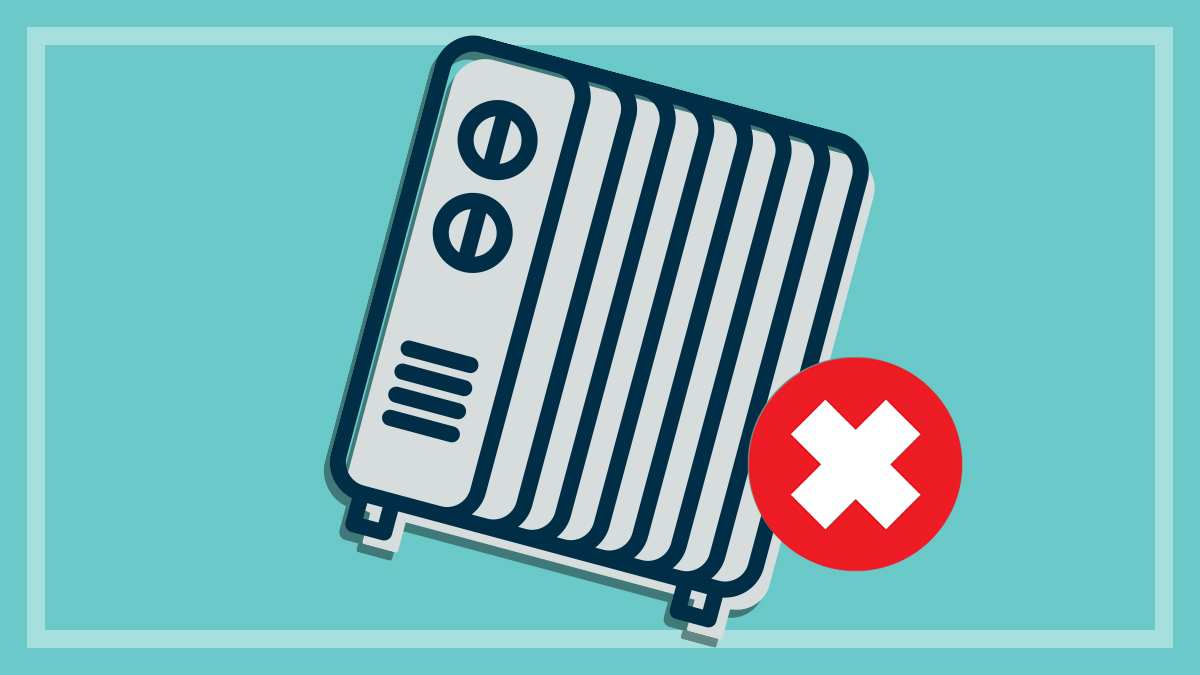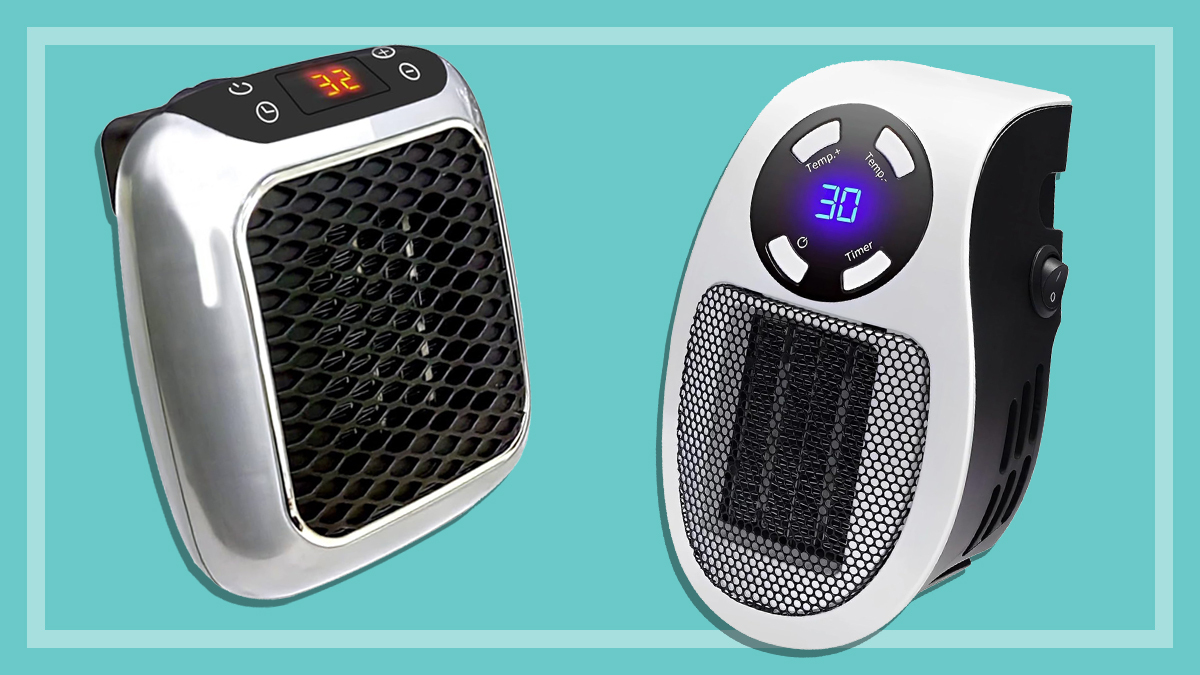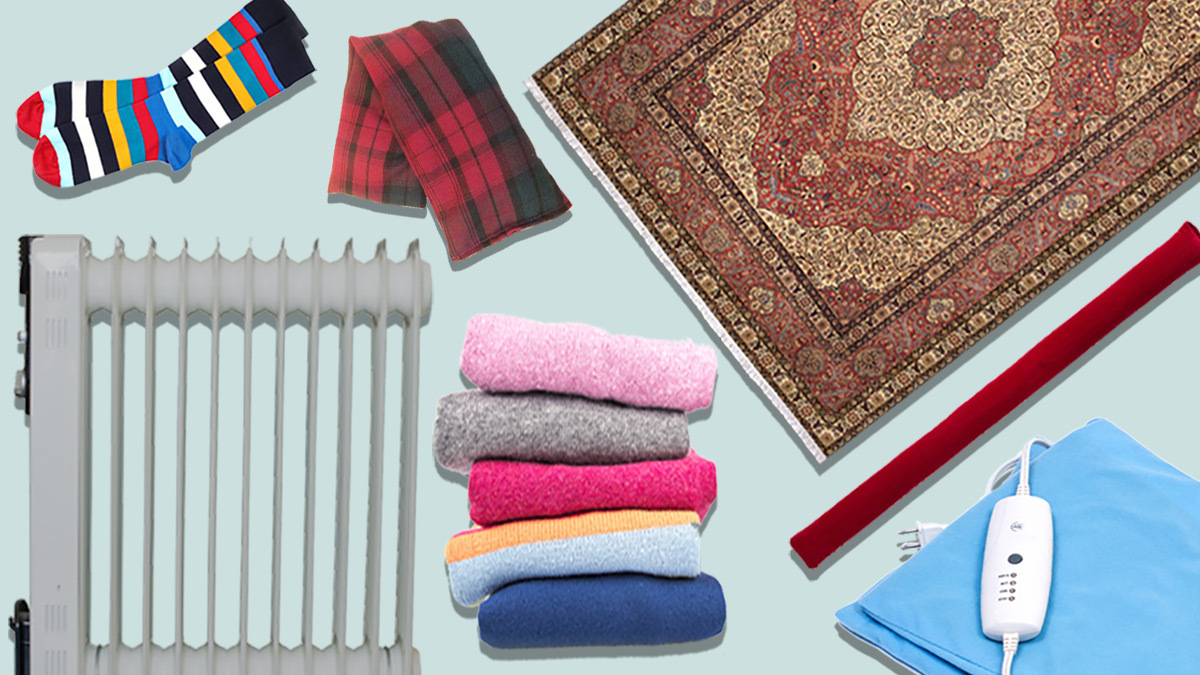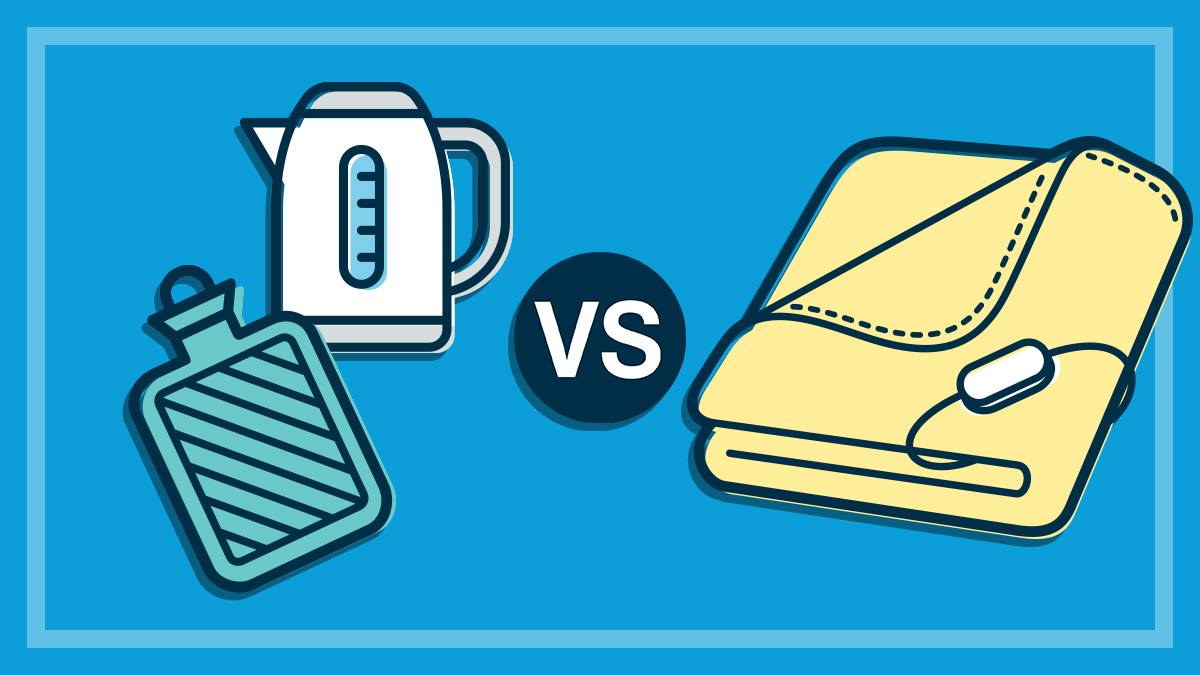Get our independent lab tests, expert reviews and honest advice.
7 easy and efficient ways to keep your house warm this winter
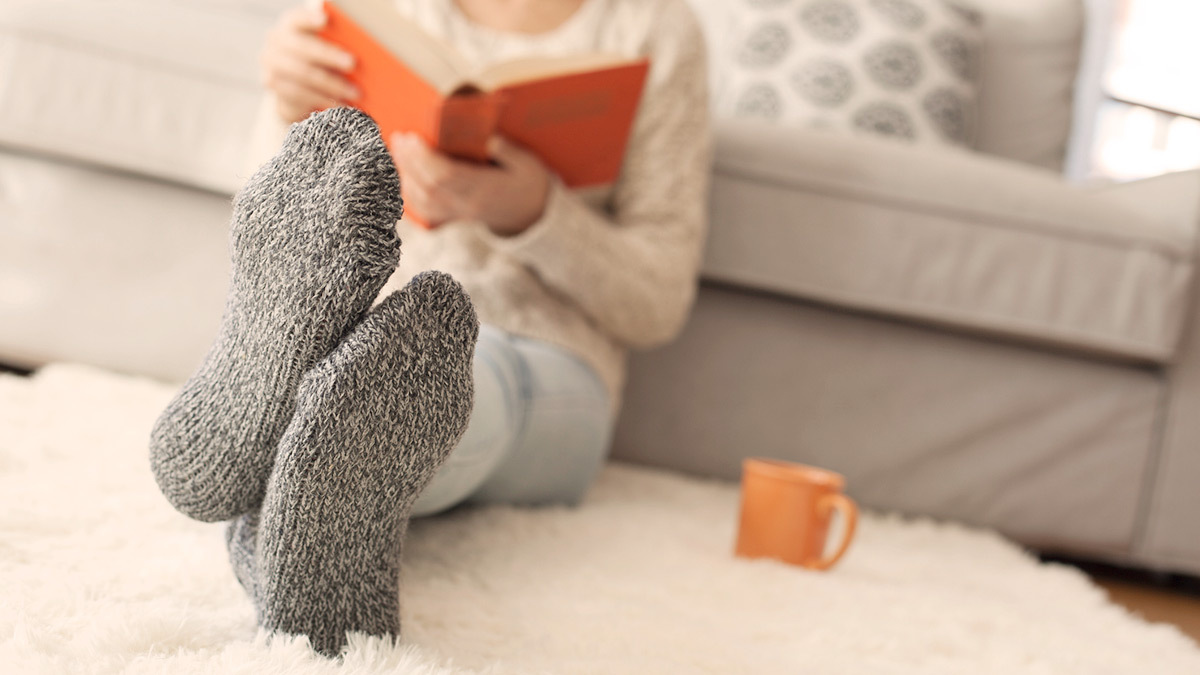
Australian houses have been called “glorified tents” because of their inability to stay cool in summer and warm in winter.
Can you relate?
There’s no need to freeze this winter: these small changes can make your home warmer and more energy-efficient and help keep your heating costs down.
1. Insulate
In winter, 25–35% of an uninsulated home’s warmth is lost through the roof. Insulation will keep your house warm in winter, but it’ll also keep your home cool in summer, so it’s worth the investment.
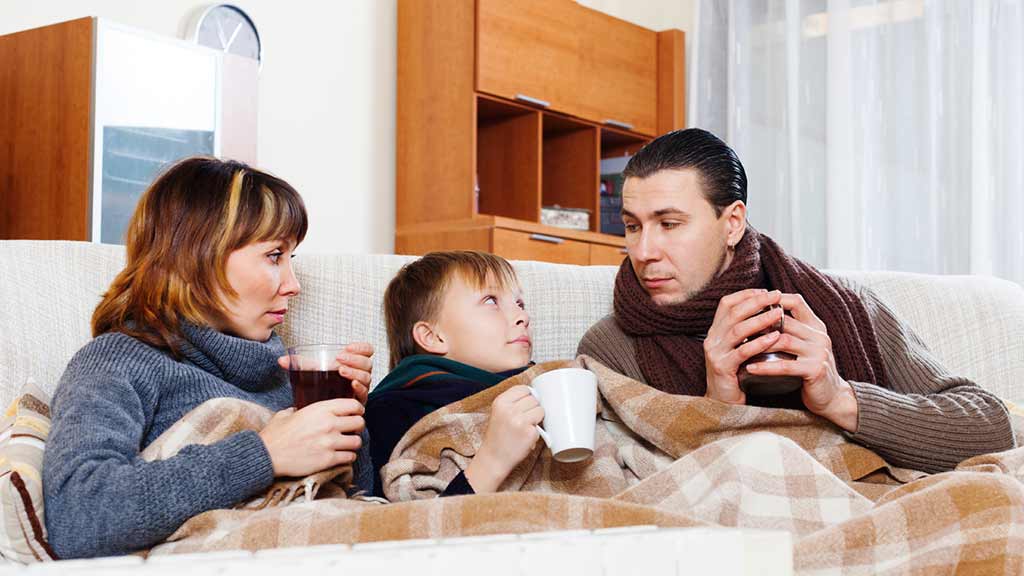
If you’re going to spend money on heating and air conditioning, you might as well make it as cost-effective as possible by insulating your home.
“Average households that install wall, floor and ceiling insulation can save hundreds of dollars on energy costs each year,” says Chris Barnes, CHOICE home heating expert.
“Insulation is best installed when building or renovating, but can be retrofitted to an existing home. This is best done by professionals, though ceiling and underfloor insulation can often be done by a capable home handyperson.”
To keep the heat in, ceiling insulation in particular is a no-brainer.
Installing insulation can save you hundreds of dollars on energy costs each year
Chris Barnes, CHOICE home heating expert
DIY insulation can be a messy, hot and uncomfortable job. You need to be careful to leave clearances for light fittings, and take electrical wiring into account. And there have been a few deaths and fires as a result of work by unqualified installers.
However, you can save a lot of money, so if you’re confident that you can do the job safely, it can be worth the effort.
2. Go with the flow
Be aware of how the hot air moves around your house. It’s tempting to move the sofa as close as possible to the heater, or to put your wet laundry in front of it during a rainy week, but this will restrict the flow of hot air around your house.
To ensure you get the most out of your heat source, make sure nothing is blocking the flow.
And to make your heating more efficient, close doors to rooms you’re not using. Only heating the rooms you’re actually in will reduce your heating bill – there’s no point heating the spare room if no one’s in there.
3. Magic carpet
If you have hard floors, rug up – literally. Any distance that you can put between the cold floor and your tootsies will make a difference, so consider covering hard floors with rugs.
Rugs are also effective insulation – if you have an older house with gappy floorboards, a thick rug can do wonders to prevent extra chilly air seeping in.
4. It’s curtains for cold
Curtains will help you keep warm in winter, but cool in summer. Up to 40% of heating energy can be lost through windows, so pull the curtains closed to keep the warmth in.
For maximum insulation, adding a pelmet will stop the warm air escaping through the top of the windows.
Up to 40% of heating energy can be lost through windows
If you want to take things to the next level, you could look at double glazing your windows. It’s not cheap, but can make a big difference.
Our counterpart in New Zealand, Consumer NZ, has an excellent comparison of the benefits of different types of curtains and blinds as well as double glazing.
5. But let the sunshine in
While it’s certainly true that curtains and blinds are an easy way to stop heat escaping through windows, you might be missing a trick if you leave your curtains closed all day.
Sunlight is free and even in the most southerly parts of the country, you’ll still get around eight hours of it a day in the middle of winter.
When the sun is out, let it warm your rooms before closing things up again when the evening draws in.
6. Seal it up
Track down any draughts in your home, particularly around doors and windows, and seal them up.
Most of the products you’ll need to do this can be picked up at a hardware store, but do your homework before you start shopping or get some advice.
Products that can make a difference include:
- door snakes
- weather seal tape
- silicon sealant or caulk
- roller door seals
- PVC door strips
- storm-proof seals
- brush door seals
- auto-lift door seals.
If you’re renting or you’re not confident in your DIY abilities, weather seal tape or draught strips are a good place to start. They look a bit like sticky tape, but are made from foam or rubber with an adhesive backing.
To install, just remove the backing and stick the adhesive side inside the doorjamb or window frame. It’s a good idea to measure up before you hit the shops – each door will need about 5m of tape to seal.
If you have a chimney, install a chimney balloon or a damper that can be closed when you’re not using the fireplace.
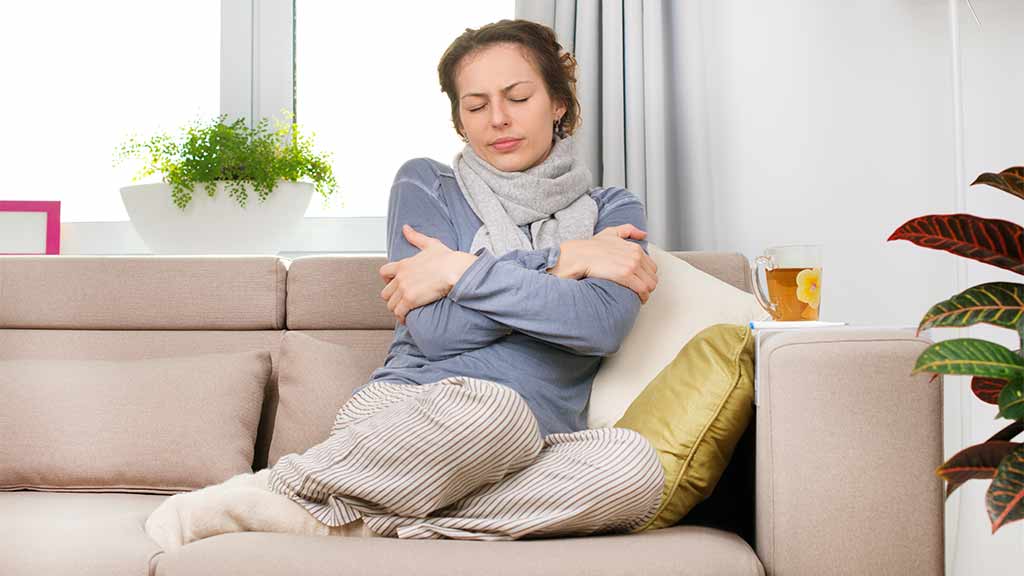
7. Turn back time (… and your fans)
When you change your clocks at the end of daylight saving, turn your ceiling fans to reverse mode (most models have a reverse switch).
This makes the blades turn anti-clockwise and, since warm air rises, it’ll push the warm air from your heating system back down towards the floor.
Since warm air rises, a ceiling fan will push the warm air from your heating system back down towards the floor
If you don’t have ceiling fans you could use a regular pedestal or tower fan to move the warm air from your heater more thoroughly and further around the room.
“They can help by providing air circulation if your heater doesn’t have a fan (or only has a weak one), or by supplementing a fan heater,” says Chris.
“They mainly help by mixing the warm air more thoroughly and further around the room. They’ll help stop warm air collecting at the ceiling to some extent, but not as well as a ceiling fan.”
Thinking of installing ceiling fans? Check our ceiling fan reviews before you buy.
7 ways to keep warm this winter
1. Insulate floors, walls and ceilings
2. Ensure warm air can circulate
3. Cover hard floors with rugs
4. Use curtains, blinds and shutters
5. Let the sun in during the warmest part of the day
6. Track down and seal drafts
7. Switch ceiling fans to reverse
Bonus tip: Heat the human, not the house
If our suggestions for keeping your home toasty only take you so far, consider making your approach more personal.
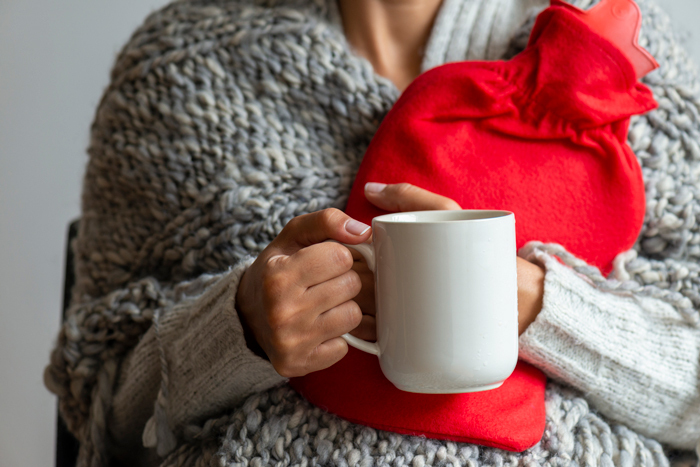
Heated throws and electric blankets
A heated throw can be a cost-effective way to create a personal cocoon of comfort during the day – some of our CHOICE team swear by them when working from home.
And an electric blanket can make sliding into bed between cold sheets a thing of the past.
Timers and sleep modes are also a great way to help reduce your heating costs. You can program your heater or electric blanket to switch on and off at specific times so you’re not wasting electricity by leaving them running when they’re not needed.
Hot water bottles
An even cheaper option is a hot water bottle, but take care when using one to avoid the risk of scalding.
Follow these tips:
- Never use boiling water straight from the kettle. Instead, let it cool down a bit or mix it with cold water, or just use water from the hot tap.
- Don’t overfill a hot water bottle.
- Check it before use to ensure it’s free of leaks and doesn’t have cracks or other damage.
- Wrap the hot water bottle in a towel or use a cover to avoid direct contact with the skin.
Safety first: 3 heating no-nos
Some heating techniques are a bad idea, but some can be downright lethal when used indoors.
- Heat beads or barbecue briquettes give off carbon monoxide as they burn, so shouldn’t be used indoors.
- Indoor gas heaters, particularly unflued gas heaters, must not be used in small rooms such as bedrooms due to the emissions they give off.
- Never use outdoor gas heaters indoors, and don’t use gas stoves or cooktops as heaters – they aren’t intended for it and give off too much carbon monoxide (they don’t have the same filters as indoor gas heaters).

